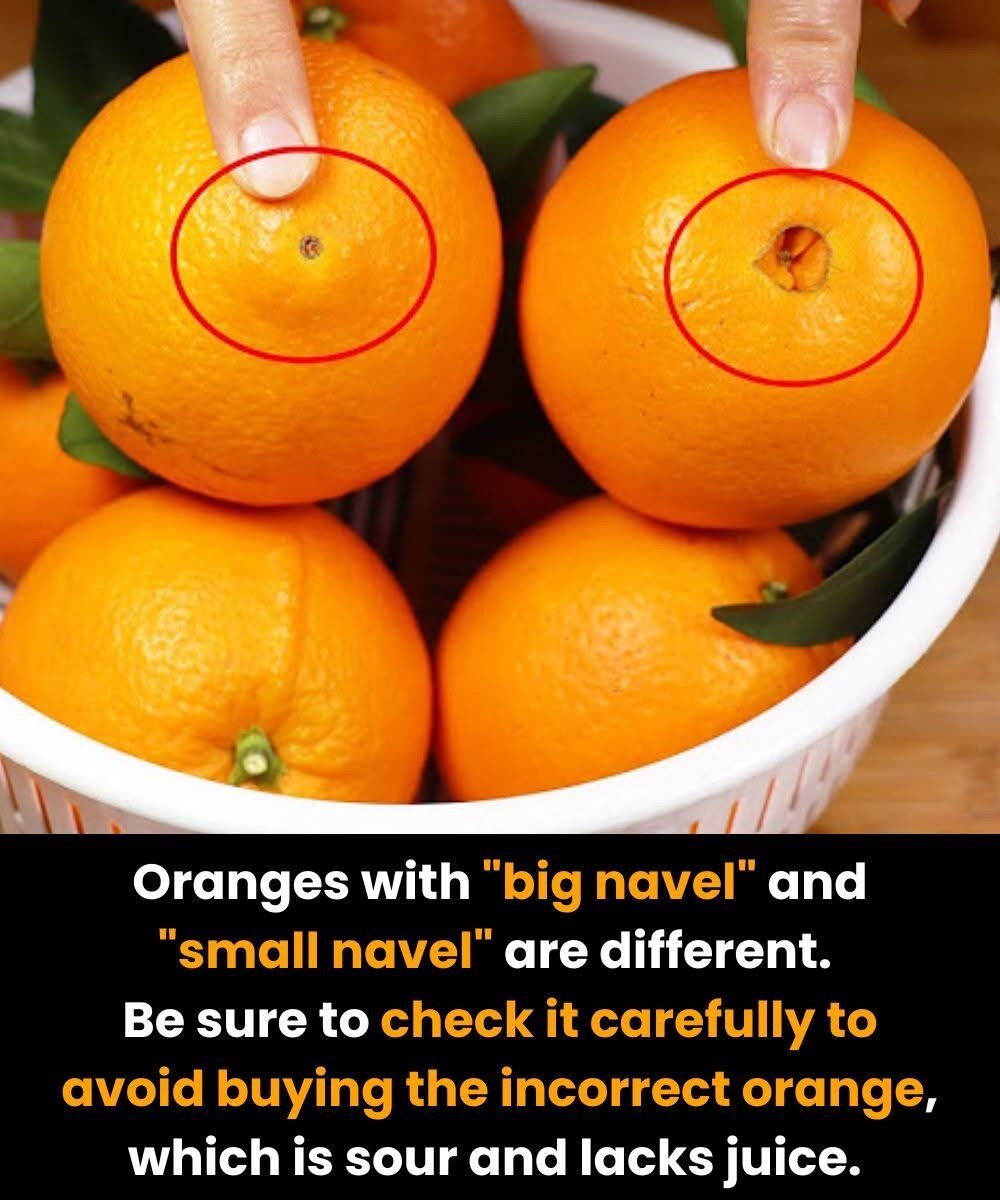Large vs. Small Navel Oranges: Which Is Better for Olders Over 50?
Navel Oranges After 50: Does Size Really Matter?
As we age, good nutrition becomes one of the most powerful tools to support health, energy, and immunity. Among fruits, citrus varieties — especially navel oranges — play a leading role. But when standing in the grocery aisle, you might wonder: Should I choose large or small navel oranges?
Both offer plenty of nutrients, yet their subtle differences may influence which suits your needs best after age 50.
Understanding Navel Oranges
Navel oranges get their name from the small “navel-like” bump on one end of the fruit. They’re seedless, easy to peel, and naturally sweet. These oranges are packed with vitamin C, fiber, and antioxidants — all vital for healthy aging.
Both large and small navel oranges belong to the same variety. The main difference lies in their size, juiciness, and sometimes sweetness, which can slightly affect taste and texture rather than overall nutrition.
Nutritional Facts
Every navel orange — big or small — delivers essential nutrients. A medium orange provides about 70–80 mg of vitamin C, which can meet or exceed your daily needs. It also contains 2–3 g of fiber, plenty of water for hydration, and small amounts of potassium and folate.
Larger oranges contain more total nutrients simply because they have more fruit mass. Smaller ones, on the other hand, may taste slightly sweeter or more flavorful depending on growing conditions. The difference isn’t nutritional — it’s mostly sensory.
Benefits for Adults Over 50
Navel oranges support many aspects of health as we age:
-
Strengthen Immunity: Vitamin C helps the immune system fight infections and oxidative stress.
-
Support Heart Health: Fiber and potassium assist in maintaining healthy cholesterol and blood pressure levels.
-
Aid Skin and Joint Health: Vitamin C promotes collagen production, which keeps skin firm and supports connective tissues.
-
Promote Digestion: Dietary fiber encourages regularity and supports gut health.
-
Help Hydration: Their high water content contributes to daily fluid intake, especially important for older adults prone to dehydration.
Large vs. Small: Which Fits You Best?
It depends on what you need.
-
Choose large navel oranges if you want more juice and hydration. Their higher water content helps keep you refreshed and supports kidney function.
-
Pick smaller navel oranges if you prefer a compact, easy-to-peel snack with a slightly richer flavor. They’re convenient and ideal for those with smaller appetites or reduced hand strength.
Nutritionally, the difference is minimal. What matters most is enjoying them regularly — consistency outweighs size.
Tips for Enjoying Navel Oranges After 50
-
Eat them fresh to preserve vitamin C.
-
Add slices to salads or yogurt for color and nutrients.
-
Drink freshly squeezed juice occasionally, but favor whole fruit for fiber.
-
Store oranges in a cool, dry place or refrigerate them to maintain freshness.
Final Thoughts
Large or small, navel oranges remain one of the most wholesome fruits for adults over 50. They strengthen the immune system, support heart health, and help maintain vitality. The best choice is simply the one you’ll enjoy most — because when it comes to navel oranges, size changes the look, not the benefits.






